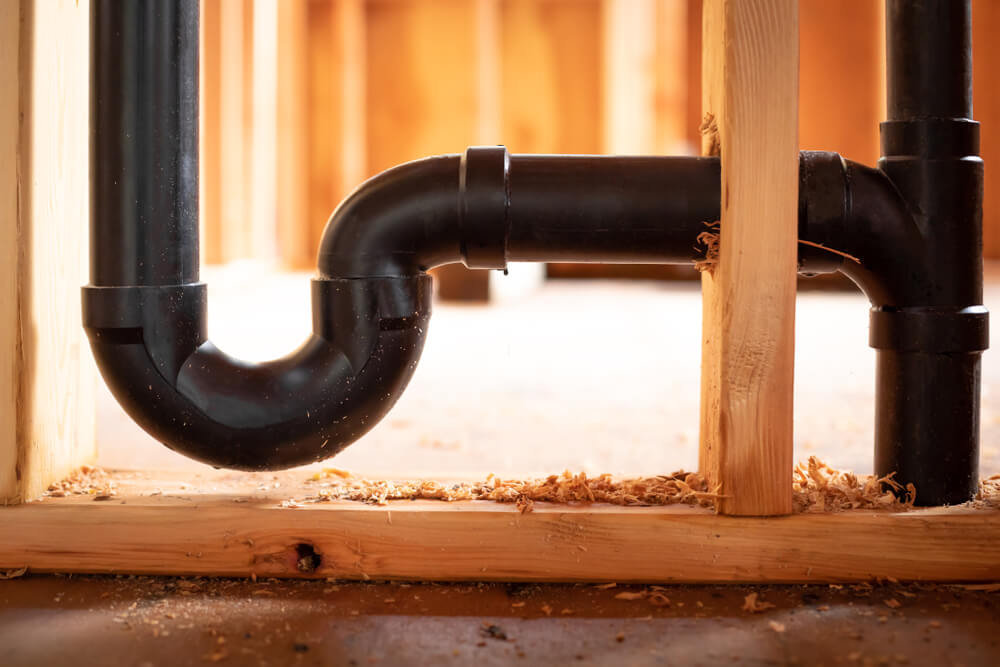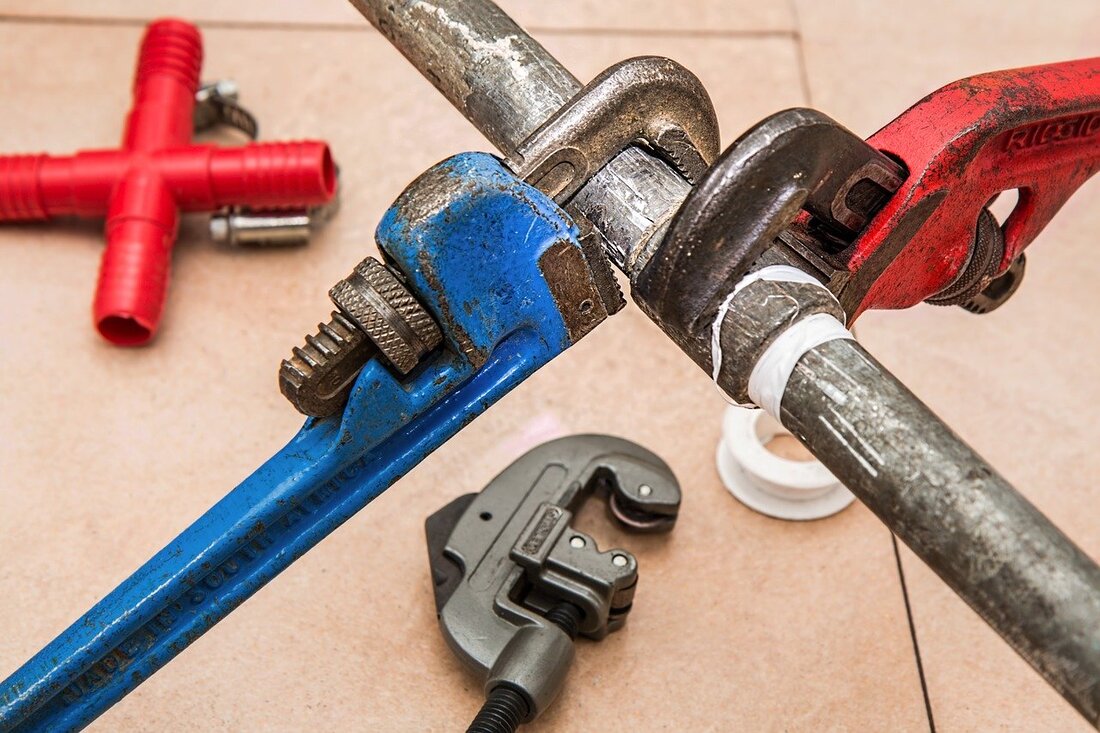Everyone has got their own individual perception with regards to Plumbing Basics Every Homeowner Should Know.

Plumbing is a crucial aspect of any type of home, responsible for providing clean water for drinking, food preparation, and bathing, along with getting rid of wastewater securely. Understanding the essentials of home plumbing is necessary for each home owner to make certain proper maintenance, troubleshooting, and, if necessary, repairs. In this newbie's overview, we'll cover the fundamental ideas of home plumbing to assist you end up being much more accustomed to exactly how it works.
Water Heating System
The water heater is accountable for heating water for domestic use, including bathing, food preparation, and cleansing. Common kinds of water heaters include tank-type hot water heater, tankless (on-demand) water heaters, and heatpump hot water heater. The water heater is linked to the water system system and provides warm water to plumbing components as required.
Drain System
The water drainage system removes wastewater from your home and brings it away to a sewage treatment facility or septic tank. It includes a network of pipes, installations, and components that transfer wastewater from plumbing fixtures to the major drain line or septic tank. Appropriate drainage is vital to stop blockages, backups, and sewage leaks.
Ventilation System
The ventilation system helps keep appropriate air pressure and avoid sewage system gases from entering your home. Air vent pipelines, also referred to as vent heaps, extend from plumbing fixtures to the roof covering, allowing drain gases to get away securely outdoors. Air flow pipelines also permit air to enter the drain system, helping with smooth wastewater circulation and preventing suction or vacuum cleaner results.
Supply Of Water System
The water supply system brings tidy water into your home from a metropolitan water source or a personal well. It consists of a primary water line that links to your home's plumbing system, usually situated underground. A water meter gauges the quantity of water taken in, while a shut-off shutoff enables you to manage the circulation of water right into your home.
Plumbing Fixtures
Plumbing components are gadgets that supply water to numerous parts of your home and consist of sinks, taps, toilets, showers, tubs, and devices such as dishwashing machines and washing makers. Each fixture is attached to the water supply system via pipes and fittings and might have its shut-off shutoff for maintenance or emergencies.
Usual Plumbing Devices
Having the right tools available is essential for carrying out basic plumbing repair work and upkeep tasks. Typical plumbing devices include adjustable wrenches, monkey wrench, pliers, pipeline cutters, hacksaws, plungers, augers (or drain snakes), and Teflon tape. Having these devices conveniently offered can aid you tackle minor plumbing issues efficiently.
Basic Plumbing Repairs
While some plumbing repairs might call for expert help, lots of typical concerns can be addressed with standard DIY methods. Knowing exactly how to fix a dripping tap, unblock a drain, replace a toilet flapper, or fix a leaking showerhead can conserve you time and money on plumbing repairs.
Verdict
Recognizing the basics of home plumbing is necessary for every single homeowner to preserve a secure, functional, and effective plumbing system. By acquainting on your own with the supply of water system, plumbing fixtures, water drainage system, air flow system, common plumbing devices, and basic repair services, you can with confidence attend to small plumbing issues and ensure your home's plumbing system runs smoothly.
Plumbing for Beginners: A Comprehensive Guide
If you’re a beginner when it comes to plumbing, don’t worry; you’re not alone. Plumbing may seem intimidating, but with the right knowledge and a little practice, you can handle many common plumbing issues on your own. In this comprehensive guide, we will demystify the world of plumbing for beginners, providing you with the basic knowledge and skills needed to tackle common plumbing problems and even take on some DIY plumbing projects.
The Importance of Basic Plumbing Knowledge for Beginners:
First and foremost, basic plumbing knowledge gives you a solid foundation. It helps you grasp the key concepts and terminology that are essential in this field. By learning the basics, you’ll be able to build upon that knowledge and tackle more complex plumbing tasks in the future.
Having a basic understanding of plumbing also enables you to handle common issues that may arise in your home. Picture this: a leaky faucet or a clogged drain. With some basic plumbing knowledge, you’ll have the confidence to troubleshoot and fix these problems on your own. It saves you from unnecessary expenses and the hassle of waiting for a professional to arrive.
As a beginner, learning the basics of plumbing empowers you to take care of your own home. It gives you a sense of independence and self-reliance. You’ll no longer have to rely solely on professionals for every small issue that pops up. Instead, you can handle many tasks yourself, saving time and money in the process.
Remember, everyone starts as a beginner. Embrace the learning process and take small steps to expand your plumbing knowledge. There are plenty of online resources, tutorials, and even local workshops that talk about plumbing for beginners.
Essential Tools for Plumbing for Beginners
As you start your plumbing journey, having the right tools in your toolbox is crucial. Let’s explore some of the must-have tools:
Adjustable Wrench:
This versatile tool is a staple in any plumber’s toolbox. It allows you to tighten or loosen nuts and bolts of various sizes. Make sure to have an adjustable wrench with a comfortable grip.
Pipe Wrench:
A pipe wrench is specifically designed for gripping and turning pipes. It has serrated jaws that provide a strong grip, making it easier to loosen or tighten threaded pipes and fittings.
Plunger:
The plunger is a simple yet effective tool for clearing clogged drains and toilets. It creates suction when you push and pull, helping to dislodge blockages. Keep a good-quality plunger handy for those unexpected clogs.
Pipe Cutter:
When it comes to cutting pipes, a pipe cutter is your go-to tool. It creates clean, precise cuts without damaging the pipe. Look for a pipe cutter that can handle the pipe sizes you’re working with.
Hacksaw:
A hacksaw is useful for cutting through pipes, screws, and other materials. It’s a versatile tool that can handle different cutting tasks. Remember to use a blade suitable for cutting metal.
Tape Measure:
Accurate measurements are crucial in plumbing. A tape measure allows you to measure pipe lengths, distances, and dimensions accurately. Opt for a sturdy tape measure that extends a good length.
Pliers:
Pliers come in handy for various tasks, such as gripping, bending, and cutting. Slip-joint pliers with adjustable jaws are great for gripping pipes, nuts, and bolts.

Do you appreciate reading about How Does the Plumbing Work in Your Home?? Place a remark down below. We'd be pleased to find out your views about this write up. In hopes to see you back again in the near future. Are you aware of someone else who is inquisitive about the topic? Take a moment to promote it. I am grateful for being here. Come back soon.
Book Services